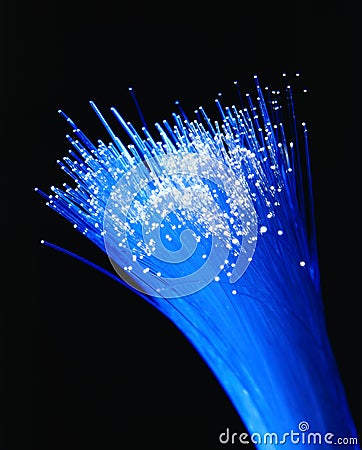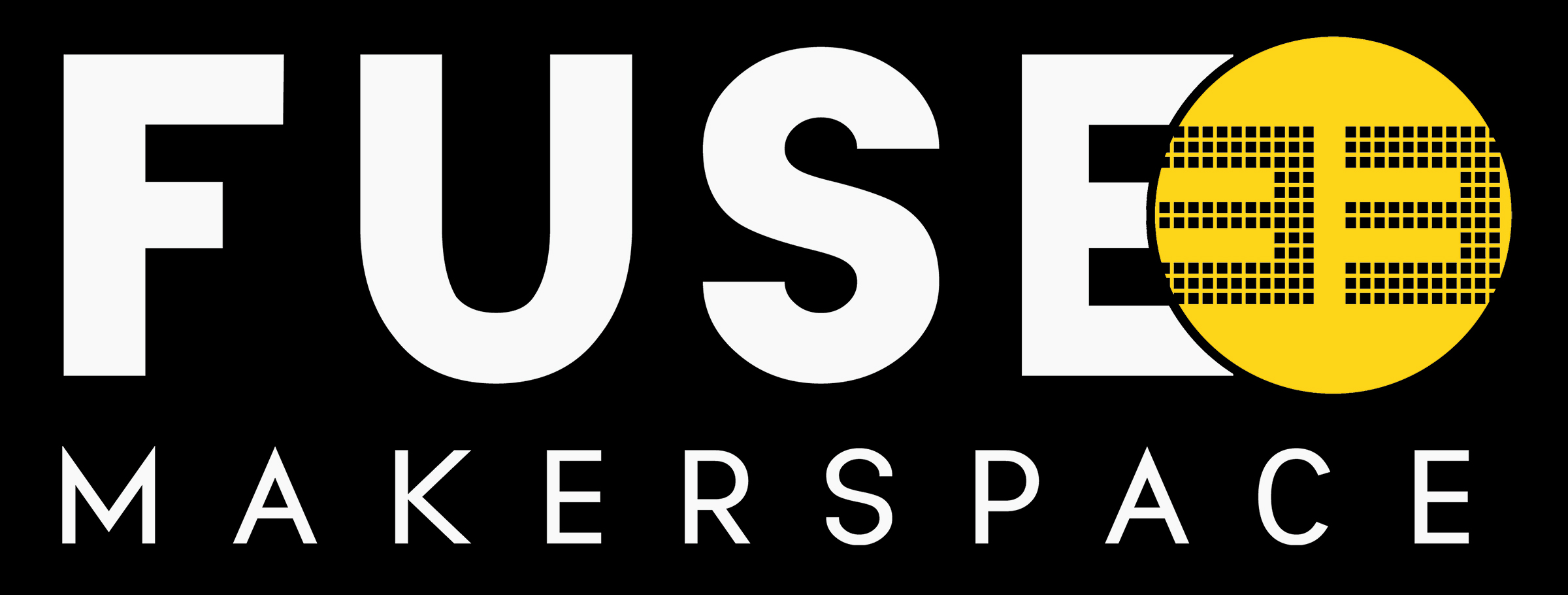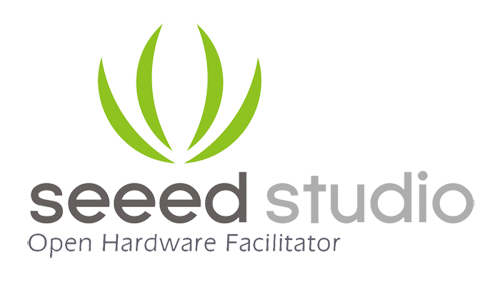About the Materials
The designers for the MakeFashion fashion show and the public workshops will utilize a number of materials.
Light Emitting Diodes (LEDs)
Sensors
Micro-Controllers
Electro Luminescent wire and Tape
Fibre Optics
 LEDs (Light Emitting Diodes) are small, efficient light sources that can be wired or sewn into clothing. Adding micro-controllers and sensors to the mix you can have them change intensity, flash or react to external forces like sound or motion.
LEDs (Light Emitting Diodes) are small, efficient light sources that can be wired or sewn into clothing. Adding micro-controllers and sensors to the mix you can have them change intensity, flash or react to external forces like sound or motion.There are a huge variety of sensors that allow electronics to react to their environment – temperature, motion, humidity, sound, range, touch and flex to name a few.




The effect of LEDs can be modified with diffusers and channels. Acrylic rods are often used for this purpose, but there are hundreds of materials (including tape, feathers and fabric) that can provide an interesting effect.
Micro-controllers are small, cheap computers that are often used to control wearable electronics. These range greatly from very cheap and basic to highly complex micro-computers.




The most basic micro-controllers allow for sensor input and trigger effects like fade, blink or twinkle. Programming them can be as simple as selecting menu items from a drop down list on your iphone, then pointing it at your micro-controller.

EL Wire (electroluminescant wire) is commonly used in costume design and as accent lighting. It provides a cool Tron-like effect and is very easy to use.
While it isn’t a hard and fast limitation, EL Wire controllers typically have 2 (or so) states – on and blink. Since they require alternating current to activate, it is harder to integrate EL wire into other electronics like sensors and micro-controllers. EL Wire can be spliced and split up, but it isn’t trivial, and the controllers aren’t tiny – both issues that need to be considered in the design stage when using this product.

Fibre Optics provide a very pleasing, subtle light source, and can be woven into fabrics – however this is a time consuming process which results in a higher cost of these fabrics.
Fibre Optics work by bundling the fibres and connecting a light source (generally an LED) – this means that:
- the light source can be small
- if you want multiple colours you have to have multiple light sources
- the design has to account for each fibre running the entire length back to the light source
Examples of pieces using LED lights, Fibre optics, and EL Wire








Trackbacks & Pingbacks
[…] About the Materials […]
[…] March 19th, 6 PM, at Endeavour Arts Gallery (1209 1st Street SW) (a brief overview can be found here, but the session is recommended for all designers). We have various resources available to […]
Leave a Reply
Want to join the discussion?Feel free to contribute!